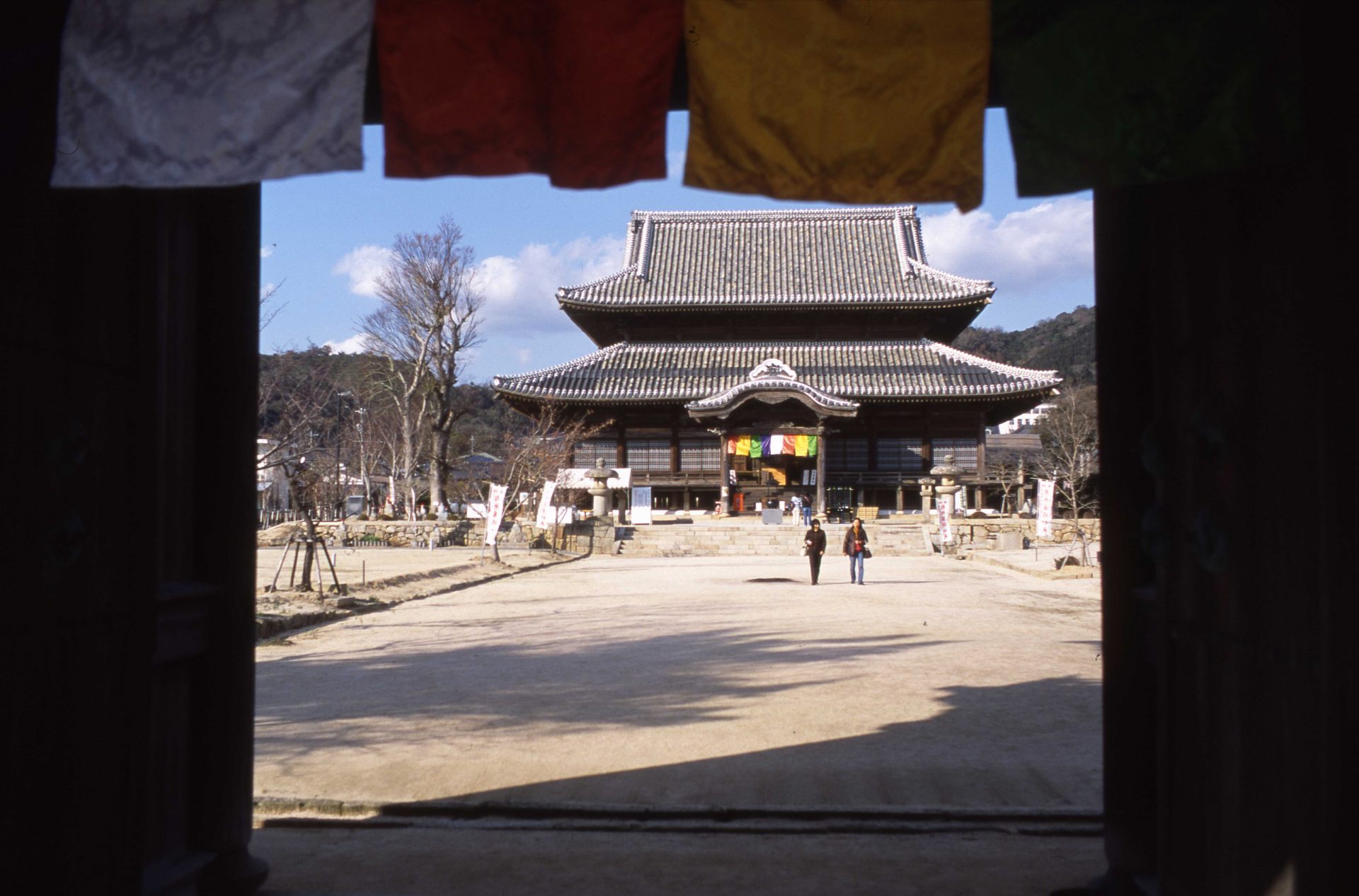
Verified [Verified] denotes information that has been published with confirmation of its owing parties.
Suo Kokubunji Temple
The only temple in Japan with a long history and many cultural properties.
One of the official temples where Kokubunji was built at the request of Emperor Shomu in 741. He prayed for the happiness of the people, saying, "May the country be secure, the people rejoice, calamities be removed, and good fortune come” and prayed for a good harvest by protecting the people from the plague and war that was prevalent at that time. It is a special head temple of Koyasan Shingon sect, and its principal image is Yakushi Nyorai.
It declined once during the Heian period, but during the Kamakura period, the momentum for revival took place when Suo Province became a toll country to cover the expenses of Todaiji Temple, Maintained by the Ouchi and the Mori clan’s protection. It is extremely rare in Japan to maintain the original temple area, and it is the only Kokubunji temple in Japan that has been designated as a national historic site as the "old precincts".
Niomon Gate and Kondo Main Hall are said to have been built later, and Kondo has been found that it was rebuilt in its original position using the cornerstones of the time, and it has been designated as an important cultural property.
In the precincts, there is a monument to the soul of the Kokubunji corps, the local patriots who died in the "Kinmon Incident" in 1864.
Highlights
-
It has a large collection of precious Buddhist statues and treasures, including the Candra-prabha and the four heavenly kings in the early Heian period, the sitting statue of Yakushi Nyorai in the Muromachi period, and important cultural properties.
-
It is a very rare sight that the large Kondo, which is a two-story gabled building with a double roof, remains in its original position.
-
In the summer, the crape myrtle flowers, which have the meaning of "dropping disasters," beautifully decorate the area.
-
You can get many amulets and can receive a red stamp given to worshippers and visitors.
Photos
-
![Niomon Gate, a multi-story gabled building rebuilt in 1596.]()
Niomon Gate, a multi-story gabled building rebuilt in 1596.
-
![The Kondo Main Hall is designated as a national important cultural property]()
The Kondo Main Hall is designated as a national important cultural property
-
![A treasure trove of cultural properties that holds about 100 Buddhist statues, including national important cultural properties.]()
A treasure trove of cultural properties that holds about 100 Buddhist statues, including national important cultural properties.
-
![Stone Buddha statues of Kobo Daishi line up around the precincts.]()
Stone Buddha statues of Kobo Daishi line up around the precincts.
-
![At that time, it was called "Konkoumyoushitennougokokunotera Temple", "Konkoumyouji Temple", and later "Jorurisan Toho-in Kokubun-ji Temple".]()
At that time, it was called "Konkoumyoushitennougokokunotera Temple", "Konkoumyouji Temple", and later "Jorurisan Toho-in Kokubun-ji Temple".
Reviews
Details
- Name in Japanese
- 周防国分寺
- Postal Code
- 747-0021
- Address
- 2-67 Kokubunjicho, Hofu City, Yamaguchi
- Telephone
- 0835-22-0996
- Closed
- Sundays, Year-end and New Year's holidays
- Business Hours
- 9:00am-4:00pm
- Admission
- Kondo Main Hall: Adult-500 yen, Middle school student or younger-300 yen
- Directions
- 20 minute walking distance from JR Hofu station.
- Official Website
- Official Website (Japanese)





